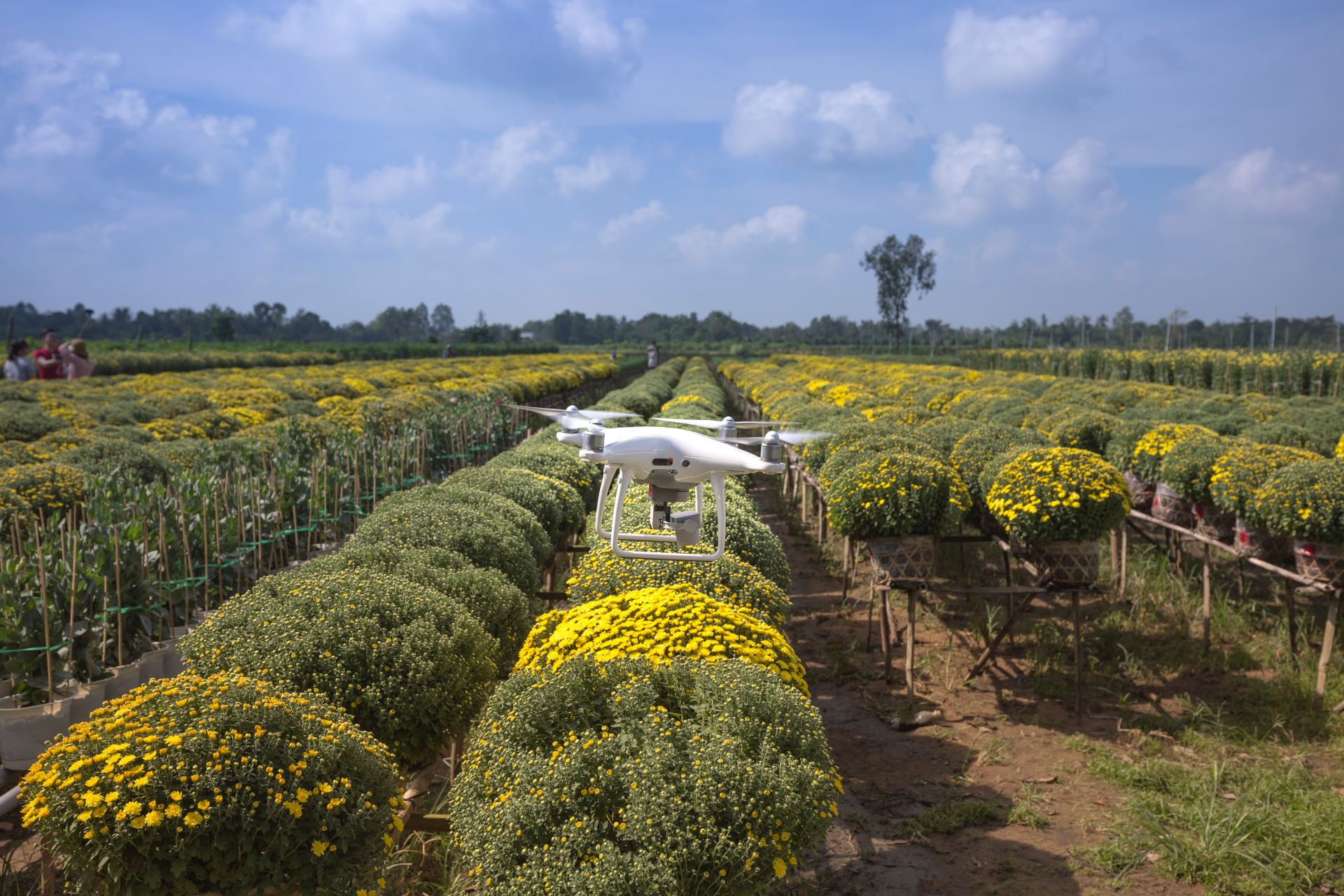
AI is the new game-changer in the agricultural revolution
One of the most concerning challenges of the 21st century is the increasing demand for food to be interconnected with the booming population expected to reach almost 10 billion people by 2050. Agricultural revolution predicts an increase in global food production by almost 70% to be able to feed the additional 2 billion people while using the same amount of land.
In this new context, agriculture and food sectors are becoming top priorities and our efforts should be focused on finding innovative and more efficient ways to meet the food requirements of the world population. As the numbers of farmers worldwide are decreasing and climate change is disrupting our seasons, turning arable land into deserts, Artificial Intelligence (AI) technologies could bring solutions to these problems, cutting down human effort and making the tasks easier.
How is AI disrupting the traditional agriculture?
The analysts from Research and Markets forecast that by 2021, the global AI market in agriculture industry will grow at a CAGR of 22.68%. Statistics show that by 2020, connected devices in agriculture will grow as well to an estimated 75 million IoT device installations, while the average farm is expected to generate 4.1 million data points on a daily basis in 2050.
The emergence of AI in agriculture started a new green revolution with its huge impact on developing high yielding grains that helped increase the levels of global food production. More specifically, AI-powered programs provide farmers with in-depth details of their crops by combining data on weather patterns, water usage, soil health, crop yields, pest infestations or plant diseases, enabling them to operate more efficiently. With the use of AI, farmers are able to keep track on the crop quality using drones but also know when is the right time for planting, adding fertilizers and harvesting at peak ripeness.
AI application and development in the agricultural revolution
AI predictive and recommendation analytics has a twofold purpose: on the one hand it can make recommendations on the optimal sowing dates for different crops while on the other hand it can predict the amount of seed that should be grown to meet the market demand.
By analysing historical food demand patterns and population growth rate, AI can be used to predict the food demand, so that the cropping patterns could be efficiently modified in order to minimise wastage of crop yields and increase profits to farmers.
Using AI-based computer vision technology, crop images are analyzed providing extremely useful information on early detection of plant diseases and pest infestations, allowing farmers to act quickly and minimize their losses.
By analyzing the soil samples and correlating particular foliage patterns with specific soil defects, plant pests and diseases, AI can be used to identify potential defects and nutrient deficiencies in the soil, indicating the type of fertilizers needed for each situation.
Could AI be the answer to some of the world’s biggest challenges?
Tackling the increasing population is one of the biggest challenges for governments all over the world. As more food is needed while the human workforce is decreasing, AI based-technologies could provide solutions with smarter farming. By using AI in agriculture, the farming techniques are optimized which will eventually lead to an increase in crop production and in the overall global food production.
Photo by Quang Nguyen Vinh from Pexels





